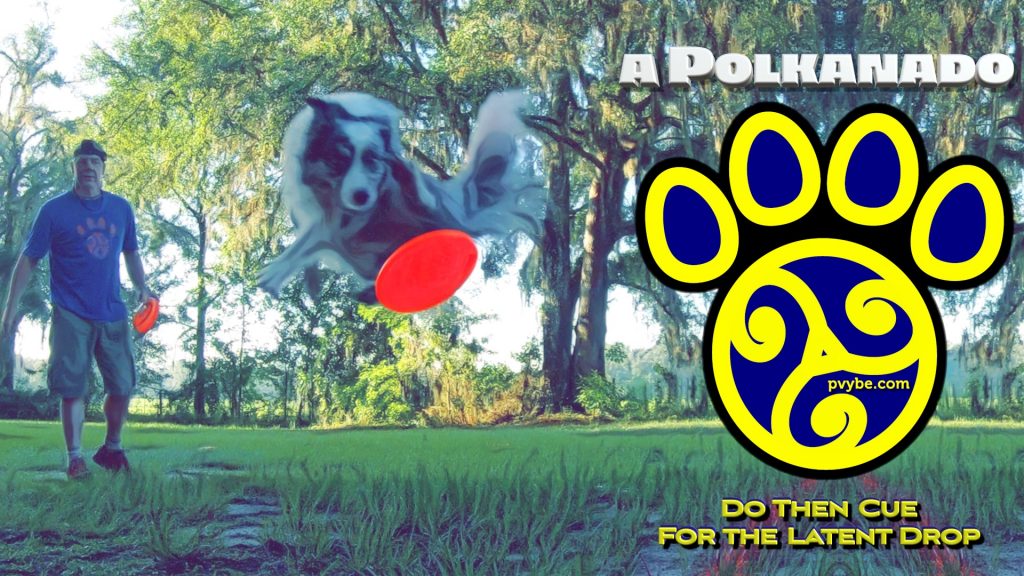Shaping a Leaping Catch can, and should be a full time job. Always throw with the intent to deliver the leaping catch unless working something specific that requires a specific approach, speed or distance that is incompatible with a leaping catch. Out throws are glory, not afterthoughts.
Within a game of disc dog freestyle there are many opportunities to reinforce and shape the leaping catch and to turn the speed regulation required for the leaping catch into a habit that is ever present in your freestyle game.


Responses